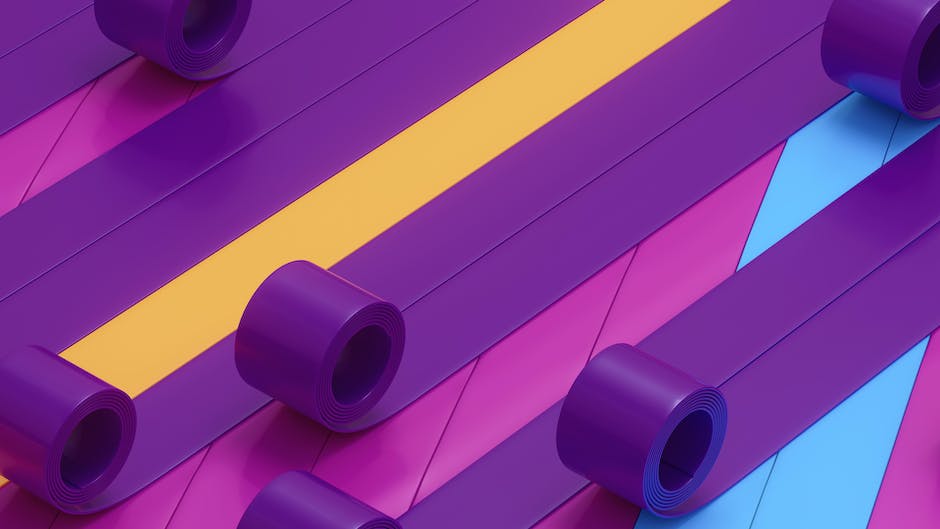Enhancing Education with Augmented Reality (AR) and 3D Animation is a contemporary approach that integrates advanced technology into learning environments to improve the quality and effectiveness of education. This innovative method utilizes AR and 3D animation to create immersive, interactive experiences that can facilitate a deeper understanding of complex concepts, promote active learning, and cater to various learning styles. AR overlays digital information onto the real world, providing a unique, hands-on learning experience, while 3D animation brings abstract ideas to life, making them more tangible and easier to comprehend. This fusion of technology and education has the potential to revolutionize traditional teaching methods, making learning more engaging, enjoyable, and impactful.
Innovative Approaches: Enhancing Education with Augmented Reality (AR) and 3D Animation

In the ever-evolving world of technology, innovative approaches are constantly being developed to enhance various aspects of our lives. One such area that has seen significant advancements is education. The traditional classroom setting has been transformed with the introduction of Augmented Reality (AR) and 3D animation, creating a more engaging and interactive learning environment for students.
Augmented Reality, or AR, is a technology that overlays digital information onto the real world, enhancing our perception and interaction with our surroundings. Imagine a history lesson where students can virtually visit the pyramids of Egypt or a science class where they can interact with a 3D model of the human body. This is the power of AR in education. It brings learning to life, making it more immersive and exciting for students.
Similarly, 3D animation has also revolutionized the way we learn. It allows complex concepts to be broken down into simple, understandable visuals. For instance, in a physics class, students can visualize and manipulate a 3D model of an atom, making it easier to understand its structure and function. This visual approach to learning not only enhances comprehension but also aids in retention of information.
The integration of AR and 3D animation in education has numerous benefits. Firstly, it caters to different learning styles. Some students are visual learners, others are auditory, and some learn best through hands-on experiences. AR and 3D animation cater to all these learning styles, making education more inclusive and effective.
Secondly, these technologies make learning more engaging. Traditional textbooks and lectures can sometimes be monotonous and difficult to grasp. However, with AR and 3D animation, students are actively involved in the learning process. They can interact with the material, manipulate it, and see it from different perspectives. This active involvement fosters curiosity and encourages students to explore and learn more.
Thirdly, AR and 3D animation can make abstract concepts tangible. Subjects like mathematics and science often involve concepts that are difficult to visualize. With these technologies, abstract concepts can be represented in a way that students can see, touch, and interact with, making them easier to understand.
Lastly, these technologies can also enhance distance learning. With the current global situation, many students are learning from home. AR and 3D animation can bring the classroom to the students, making remote learning more effective and engaging.
However, like any other technology, AR and 3D animation also have their challenges. They require significant investment in terms of hardware and software, and not all schools may have the resources to implement them. Additionally, teachers need to be trained to use these technologies effectively.
Despite these challenges, the potential of AR and 3D animation in education is immense. They have the power to transform education, making it more engaging, interactive, and effective. As technology continues to evolve, we can expect to see even more innovative approaches to enhance education. The future of education is exciting, and AR and 3D animation are leading the way.